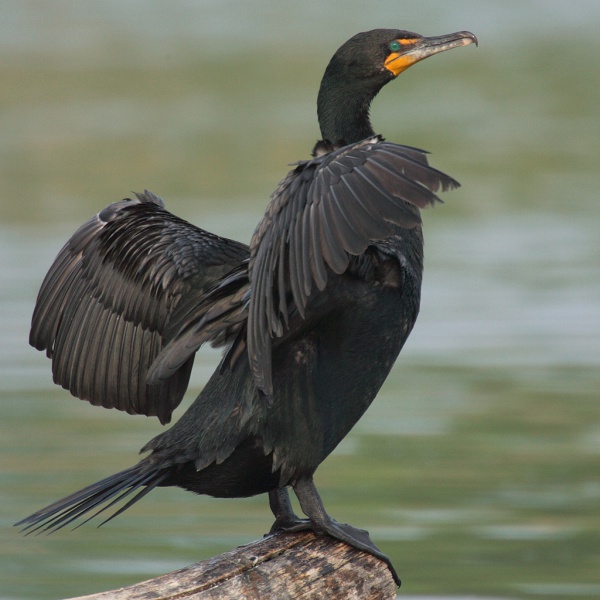Facts About Double-crested cormorant
The double-crested cormorant is a striking seabird commonly found near rivers, lakes, and coastal areas throughout North America, from Alaska to Mexico. These birds are quite large, measuring between 70 and 90 cm in length. They have an all-black plumage, and during the breeding season, they display a distinctive double crest of black and white feathers.
In terms of their diet, these birds are expert fish hunters. They dive underwater to catch their prey, but their feathers are not waterproof. Consequently, after a fishing session, they can often be seen spreading their wings to dry off.
Historically, the double-crested cormorant faced significant threats from DDT, a harmful pesticide. Fortunately, their populations have rebounded in recent years.
The species was first officially described by René Primevère Lesson in 1831. Today, there are five recognized subspecies, each with its own geographical range and unique features. While they are predominantly found in North America, there have been occasional rare sightings in Europe.
Behaviorally, these birds are captivating. They swim low in the water, are excellent divers, and nest in colonies along coastlines, building stick nests in various locations near water.
Their breeding grounds are always close to water bodies, with nests constructed from sticks. Fish constitute the majority of their diet, though they also consume amphibians and crustaceans. As their population has increased, some conflicts have arisen with human activities such as fishing, leading to control measures implemented by government agencies.

 Guatemala
Guatemala